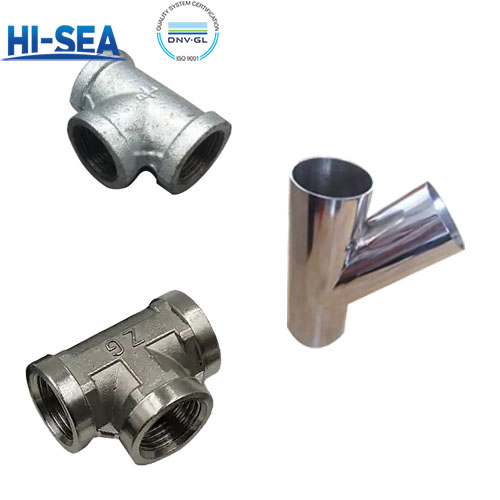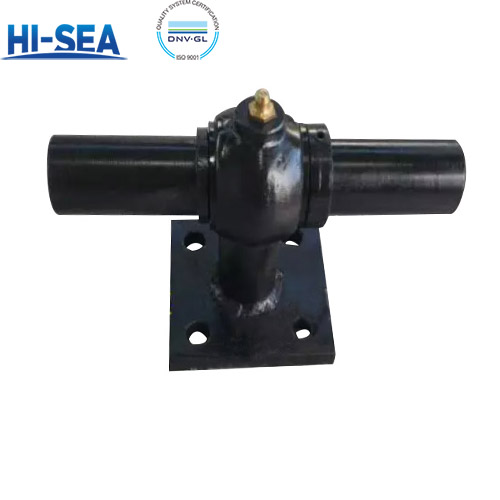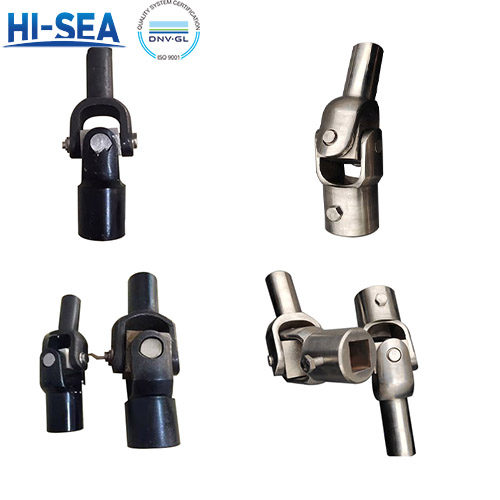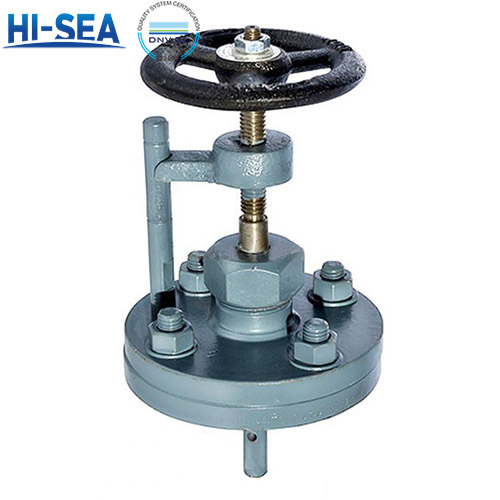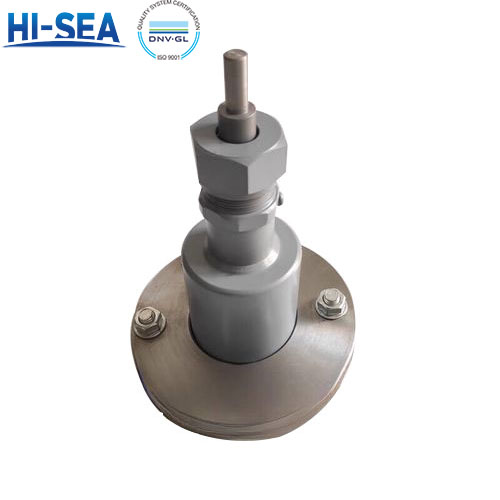
What Is A Pipe Fitting Tee?
Pipe fitting tees, also known as tee fittings and tee couplings, are key connectors in a piping system, mainly used to branch out another pipeline on a main line to achieve a change in fluid direction or diversion. Its core structure contains three ports, usually one inlet and two outlets (T-shaped), or two inlets and one outlet (Y-shaped). According to whether the pipe diameter is the same or not, it can be divided into equal diameter tee and reducer tee, and the material covers carbon steel, stainless steel, alloy steel, copper, aluminum and so on.
Overview
Why use tee fittings
Tee fittings are characterized by simple structure, consisting of pipe and three connections, which is easy to install and disassemble. Meanwhile, tee fittings can save materials, can connect two pipes together, reduce the use of piping materials. Usually it is made of high-strength materials with high pressure resistance and corrosion resistance, applicable to piping systems in many industries, and able to meet the needs of complex processes.
Structural design
Equal diameter tee: three ports of the same diameter, suitable for uniform diversion scenarios.
Reducing tee: main pipe and branch pipe have different diameters, used for adjusting flow or pressure.
Stainless steel tee has small flow resistance, the resistance coefficient is comparable to that of the same length pipe section, and the sealing performance is not affected by pressure changes.
Commonly used materials
Carbon steel and alloy steel: suitable for petroleum, chemical, electric power and other high-pressure scenes.
Stainless steel: strong corrosion resistance, suitable for food, pharmaceutical and high clean environment.
Non-ferrous metals (copper, aluminum, titanium): used for special media transmission or lightweight demand scenarios.
Process Advantages
Hydraulic Expansion Process: Suitable for standard wall thickness tee below DN400, expanding the branch pipe by liquid pressure, high production efficiency and increasing the wall thickness of the main pipe.
Hot compression molding process: through heating and radial compression to form the branch pipe, suitable for large diameter (such as DN1500) or thick wall tee, wide material adaptability.
Cold-drawing process: the caliber is drawn out on the straight pipe by hydraulic press, with high production speed and high strength of finished products, suitable for small and medium-sized tees.
Technological Innovation
3D printing tee: customize complex structures and shorten lead time.
Composite Tee: Carbon Fiber Reinforced Plastic (CFRP) to reduce weight.
matter | Analysis of causes | prescription |
interface leakage | Welding defects, loose threads | Enhanced weld inspection and use of sealant/raw tape |
Branch pipe corrosion | Material not resistant to media corrosion | Replacement of stainless steel/plastic lined tee |
Excessive fluid resistance | Tee angle design is not reasonable | The use of oblique tee or expand the diameter of the branch pipe |
misalignment | Dimensional errors or construction deviations | Strictly prefabricated according to drawings, using flange adjustment |
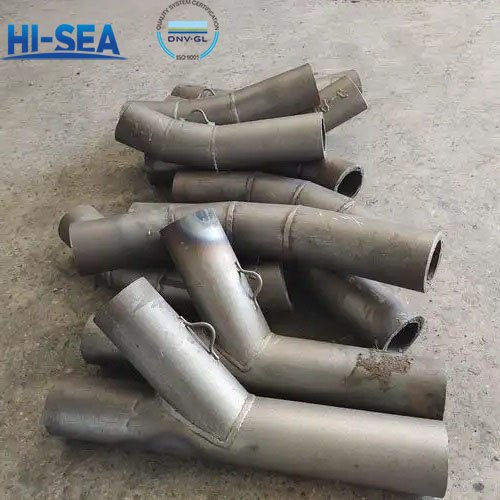
.jpg)

